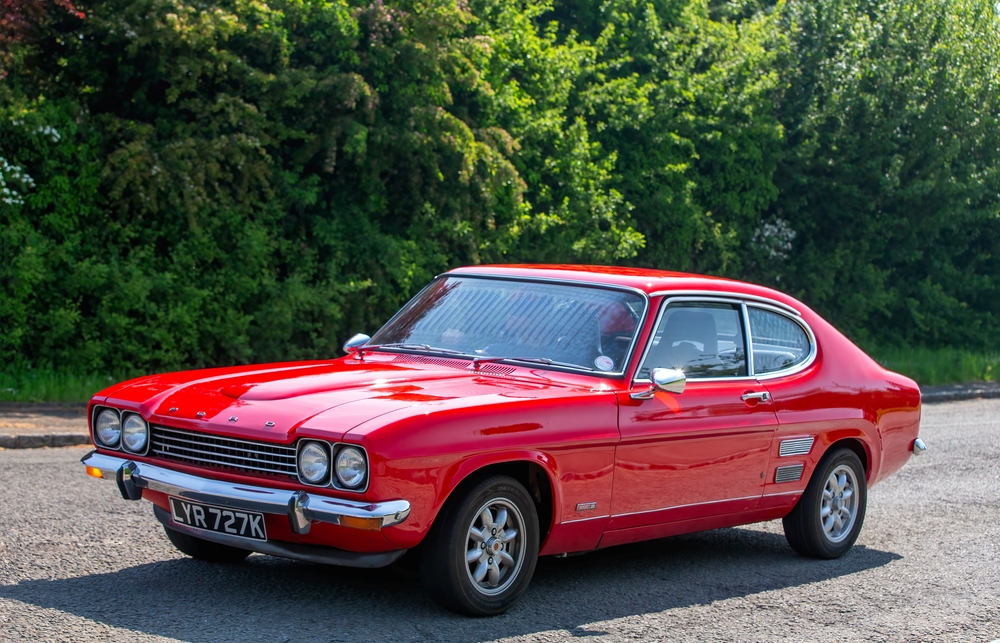Step into 1978 for a moment—a year when disco ruled the dance floors, rotary phones still clung to walls like loyal pets, and gas station attendants actually pumped your fuel for you. The world felt smaller, simpler, a little groovier, and a whole lot cheaper… or at least that’s how people remember it. But nostalgia has a funny way of smoothing out the rough edges and rounding down the price tags.
The truth is, life in 1978 came with its own financial quirks, surprising bargains, and even a few sticker shocks. So let’s take a ride back in time and see what everyday essentials really cost—and what those prices say about life in that unforgettable year.
What A House Cost In 1978
Buying a house in 1978 was both a dream and a bargain depending on where you lived, but one thing is certain: the numbers would make today’s homebuyers gasp. The median home price hovered around levels that seem almost mythical compared to modern listings. Even so, high interest rates meant buyers weren’t exactly skipping into homeownership without worry. People had to plan carefully, save diligently, and sometimes get creative just to secure a place of their own. It was an era where a house wasn’t just a financial decision but a milestone that seemed to mark the official start of adulthood.
What A Loaf Of Bread Cost In 1978
The price of a loaf of bread in 1978 is the kind of trivia people love to drop into conversations to prove how wild inflation has become. It was delightfully cheap, the sort of thing you could grab without thinking twice. Groceries in general had a different rhythm back then, with families stretching their dollars and planning weekly meals with methodical precision. Yet even with lower prices, money had its own way of disappearing fast because incomes weren’t exactly sky-high either. Still, the simplicity of buying bread without a second thought speaks volumes about everyday life in that era.
What A Car Cost In 1978
Cars in 1978 were loud, bold, and full of personality—much like the decade itself. The price tag on a new vehicle was significantly lower than what drivers face today, but owning a car was still a major financial decision. Fuel efficiency wasn’t quite the powerhouse priority it is now, and maintenance costs often surprised new owners. But slipping behind the wheel of a shiny new ride felt like freedom, independence, and coolness all rolled into one. Whether it was a chunky station wagon or a smoothed-out coupe, a car wasn’t just transportation—it was an identity.
The Cost Of Everyday Living In 1978
Beyond big-ticket items, the cost of day-to-day life in 1978 had its own charm. Movie tickets were inexpensive enough that going to the theater was practically a weekly ritual. Gas prices, though lower than today’s, still fluctuated in ways that shaped how people planned their road trips and commutes. Eating out felt like a treat rather than a convenience, and family meals at home were more common than grabbing fast food. Every dollar had a certain weight to it, and people stretched their budgets with care, creativity, and a little bit of stubborn optimism.
The Average Paycheck In 1978
To really understand the cost of living in 1978, you have to look at what people were earning—and the picture gets a bit more complicated. Wages were modest, and many families relied on strict budgeting to stay afloat. A single-income household was still common, though not always easy, and financial stressors were very real. Even with lower prices on nearly everything, money didn’t go as far as nostalgia sometimes suggests. It was a balancing act between affordability and limited income, and people learned to make the most of what they had with grit and determination.
Why 1978 Feels So Cheap Compared To Today
People often rave about how inexpensive everything was back in 1978, but the full story is more nuanced. Prices were indeed far lower, but inflation-adjusted comparisons reveal a closer race than you might expect. Many of the conveniences we take for granted today—streaming, online shopping, instant information—simply didn’t exist, and that shaped spending habits in profound ways. Families spent more time at home, more energy on homemade meals, and more evenings entertaining themselves creatively. The world moved at a different pace, and with it, so did the flow of money.
What We Can Learn From 1978 Today
Looking back at the costs of 1978 isn’t just about trivia—it’s about perspective. It reminds us how much the economy can shift in a few decades and how much lifestyles evolve with it. It highlights what people valued, how they saved, and the financial sacrifices they made to build stable lives. There’s a kind of resilience woven into the numbers, a reminder that every era has its own financial challenges. And maybe, just maybe, it nudges us to appreciate the conveniences, opportunities, and choices we have today.
What Are Your Memories Of 1978?
Life in 1978 was full of charm, challenge, and a cost of living that feels both familiar and foreign today. The prices may look small on paper, but the stories behind them reveal a world built on effort, patience, and a slower, more intentional pace. Whether you lived through the era or just love hearing about it, the financial landscape of 1978 has lessons to offer.
Have you or someone you know experienced the cost of living during that time? Share your thoughts, stories, or personal memories in the comments below.
You May Also Like…
The Real Cost of Living in America’s 1920s Boom Years
What Is The Cost of Living In North Carolina in 2024?
What Americans Paid for Everything in 1973 — The Shocking Comparison
7 Ways American Schools Are Breaking Federal Guidelines
The True Price of Life in 1927 America — And Why It Matters Now



Leave a Reply